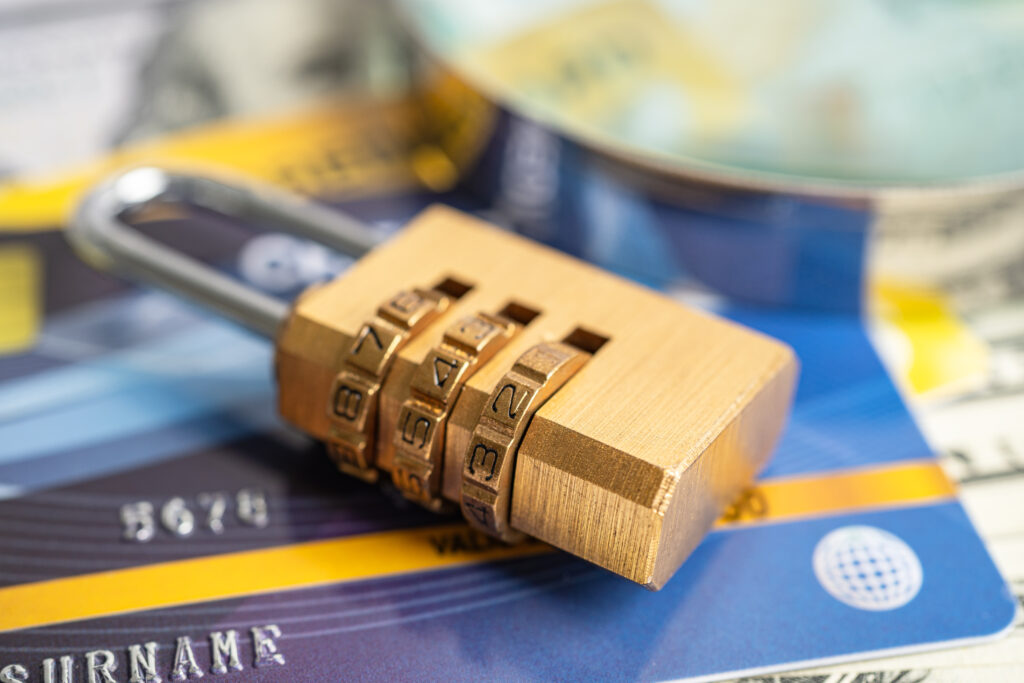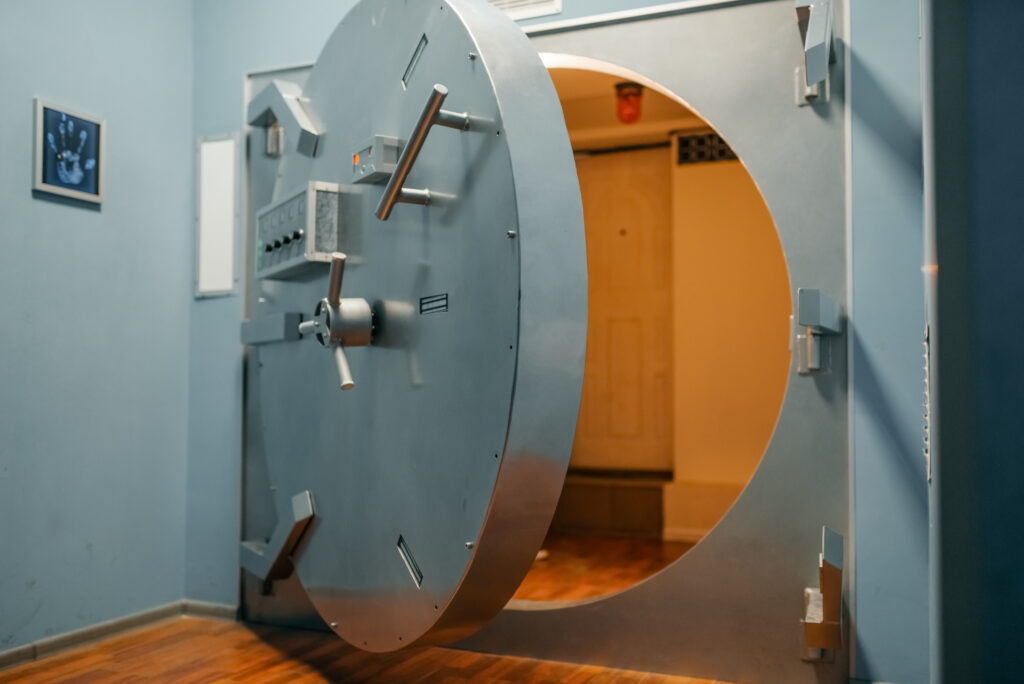Essential Steps for Preventing Check Fraud: A Proactive Guide to Secure Transactions
As leaders in the banking industry, we are all too aware of the persistent threat that check fraud poses to our institutions and customers. It is a challenge that demands constant vigilance and a proactive approach to safeguard our clients’ hard-earned money. At OrboGraph, we are committed to assisting financial institutions in the check fraud prevention fight, offering cutting-edge solutions that financial institutions can rely on to thwart deceptive practices.

Check fraud continues to be a prevalent issue, despite living in an increasingly digital world where electronic transactions are commonplace. Criminals are ever more sophisticated in their methods to alter, counterfeit, or forge checks, making it crucial for banks to continuously evaluate and enhance their fraud prevention strategies. Senior executives in bank fraud departments play a vital role in this process, assessing current technologies and procedures to ensure they are as effective as possible against fraudulent activities.
By deploying advanced image forensic technologies, we empower banks to strengthen their defenses against check fraud.
Understanding Check Fraud and Its Impact
Check fraud poses a significant threat to financial institutions and their customers, involving criminals exploiting a payment channel that until recently, received minimal investment from financial institutions to modernize.
Types of Check Fraud
There are three major categories of check fraud:
- Counterfeit checks involve the creation of fake checks using a computer or photocopier, often leveraging legitimate account information.
- Check washing, another prevalent form, entails the altering of legitimate checks to change the payee or amount, turning small, inconspicuous checks into large fraudulent withdrawals. We see variations where legitimate checks are stolen from the mail or personal checkbooks and then unlawfully filled out.
- Check forgery can be performed in two different ways. The first involves the illegal acquisition of a blank check or check book and the criminal filling in a payee, amounts, and illegally signing a check. The second is a criminal acquiring a legitimate check and illegally signing the back of the check and depositing into an account.
Common Check Fraud Schemes
Fraudsters continue to deploy a variety of schemes to victimize individuals and businesses. These schemes include romance scams, the overpayment scam, employment scams, IRS scams, and more. The ultimate goal is for the fraudster to steal as much funds from your customers as possible. This not only leads to financial losses, but also a decrease in reputation for the financial institution.
Preventative Measures Against Check Fraud

Taking strategic actions can significantly reduce the risk of check fraud within banking operations. Two key areas are enhancing internal security features and engaging with institutional services designed to detect and prevent fraudulent activity.
Security Features
Banks must rigorously implement advanced security features in the paper checks that are issued. Features like watermarks and specific inks are crucial, as they’re difficult for fraudsters to replicate or alter. Additionally, check printers have developed new features such as discoloration of the check when chemicals come into contact with the check stock.
However, many of these features are only effective if the fraudster or a mule brings the check into the branch for deposit. ATMs and mRDC convert the images of the check into bi-tonal image formats, making these features nearly invisible when being reviewed.
Bank and Institutional Services
Banks are equipped with a suite of services aimed at mitigating the risks of check fraud. They need to partner with providers who can enhance their capabilities in this area.
It is important to understand that no single solution can prevent or detect the majority of check fraud. However, there are fraud platforms and case management systems that take a best-of-breed approach, integrating a myriad of technologies to produce a total risk assessment of the deposited check.
This includes technologies for monitoring the behavior and transactions of an account, interrogating and analyzing the image of the checks, and comparing the extracted data to a consortium of historical data for the account/transaction.
Handling and Reporting Check Fraud Incidents

Effective management of check fraud incidents requires prompt action and a comprehensive understanding of reporting procedures. It’s vital to have a clear strategy and utilize the latest technologies to tackle fraud head-on.
Steps to Report Fraud
If you suspect or identify check fraud within your banking institution, immediately issue a report to the U.S. Postal Inspection Service if mail theft is involved. Next, fill out a Suspicious Activity Report (SAR) and submit it to the Financial Crimes Enforcement Network (FinCEN). This step is essential, as FinCEN plays a critical role in analyzing information to combat financial crimes. Ensure that your reporting process is well-documented and follows strict reporting windows, to avoid claim denials.
Legal Recourse and Authorities Involved
Legal actions against check fraud can be pursued, and they often involve multiple authorities. It’s best to collaborate with law enforcement agencies to facilitate investigations into fraudulent activity and provide your clients with guidance on how to proceed legally. It is important to have as much details as possible, as this aids the authorities in pursuing charges against the criminals.
Continual Education and Training
In an ever-evolving banking landscape, equipping yourself with the latest knowledge on check fraud is imperative to safeguard operations and clients.
Importance of Staying Informed
Staying informed about the latest fraudulent methods is crucial in the fight against check fraud. This ongoing learning process ensures that your organization is aware of both traditional illegal activities and new sophisticated scams. By keeping abreast of developments, you can adjust, update, and refine your fraud strategies to stay ahead of fraudsters.
Training Employees and Individuals
Your commitment should extend to training employees and educating clients, particularly small businesses, which are often targeted by fraudsters. Comprehensive and regular training sessions ensure that every member of your team can confidently detect and address attempts to alter checks. Moreover, it is important to encourage individuals to be vigilant and inform them about these potential threats, making available resources and strategies to enable them to protect themselves effectively.
Solution to the Check Fraud Pandemic
OrboGraph has been delivering proven results to combat check fraud for over 15 years. The solution to identifying the unique characteristics of today’s check fraud is based on a blend of AI-based technologies, which we refer to as image forensics.
There are several modules available from OrboGraph that can help:
- Anywhere Fraud is a specialized module within OrboAnywhere designed to detect check fraud by interrogating the attributes of check images to create a risk score based on the probability of the item being a counterfeit check, forged signature, or altered check. Building upon these scores, the system uses self-learning account profiles to create a statistical representation of the account’s check writing habits and styles. Anywhere Fraud also includes targeted transaction analysis.
- Anywhere Positive Pay uses targeted OCR on images of pre-printed business checks and compares the recognized payee names to the payee field of the issue file to proactively identify payee alterations.
- Anywhere Validate automatically validates the negotiability of paper-originated items for any self-service, centralized or distributed capture channel or image exchange trading partner within the omnichannel of a financial institution. Designed to minimize the risk of checks and cash equivalent images from being non-negotiable, the system is a more comprehensive approach compared to traditional image quality, image usability, and/or manual review processes.
- Anywhere Compliance uses advanced check recognition technologies to extract a range of field data from checks and other paper-originated negotiable payments. Fields include the payor, payee, bank and amount data. This information is then used to mitigate compliance risk in the areas of OFAC, BSA/AML, Reg CC, UCC and KYC.
- Anywhere Payee utilizes enriched recognition technologies applied to the payee field on personal and business checks as a method to validate the correct “pay to the order of” name on a check to detect and reduce deposit fraud. Certain workflows are more sensitive to having the correct payee on a checks where posting errors, illegal payees or fraudulent payees are prevalent.
Schedule a Demonstration
Leveraging OrbNet AI and OrbNet Forensic AI technology for check processing and check
fraud detection. Schedule a demonstration.